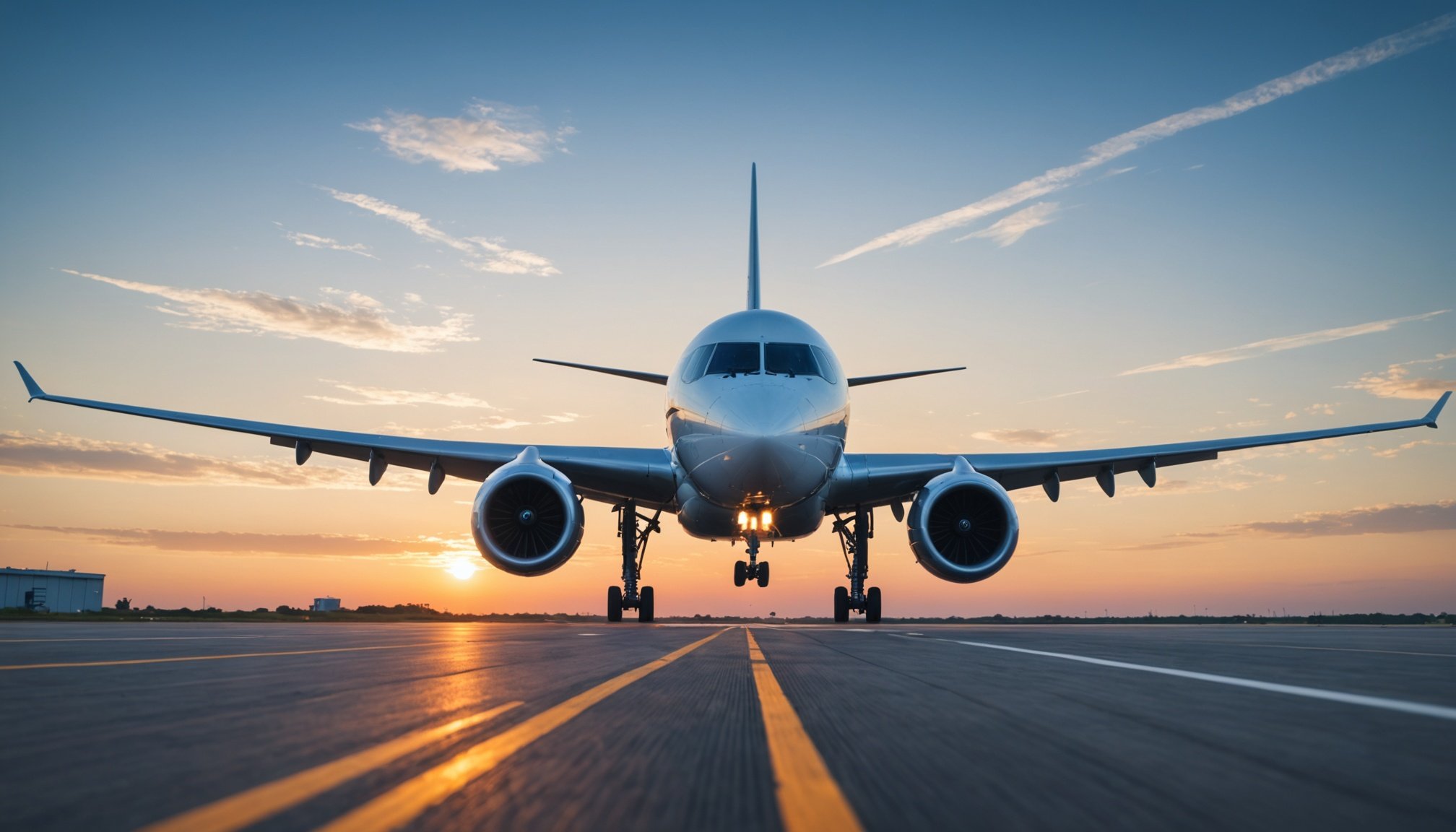Overview of Advanced AI Technology in Aviation
Advanced AI in Aviation is transforming the industry by enhancing aviation safety and operational efficiency. A core component of this revolution is predictive maintenance, which allows airlines to preemptively identify when aircraft require upkeep, thus reducing unexpected failures. This proactive approach is not just about fixing issues before they become critical but also about optimizing maintenance schedules to minimize downtime and costs.
AI technologies play a pivotal role in these systems. By analyzing vast amounts of data generated by aircraft, AI systems can detect patterns and anomalies that would be impossible for humans to notice. These systems utilize machine learning algorithms to continuously improve their accuracy, leading to more precise predictions over time.
Also to discover : Transforming Digital Media: Elevate Your Images and Videos with Advanced AI Technology
Aviation safety is further enhanced as AI-driven tools are increasingly used to monitor flight operations. For example, AI can assess data from various sensors on the aircraft to predict potential risks and alert the crew. Such systems are vital in managing in-flight operations safely and efficiently.
The advancements in AI technology in aviation signify a promising future where risks are minimized, and operations are streamlined. As this technology evolves, it is expected to play an increasingly integral role in maintaining the safety and reliability of air travel.
Also read : Transforming Remote Patient Monitoring: Cutting-Edge AI Innovations Redefining the Future of Healthcare
Innovations in Predictive Maintenance Systems
Innovations in predictive maintenance systems are at the forefront of aviation technology, primarily powered by cutting-edge AI algorithms. These algorithms enhance the predictive capabilities of maintenance systems by processing real-time data from aircraft. Such real-time data analytics is instrumental in making informed maintenance decisions swiftly, mitigating risks before they escalate.
A significant aspect of these systems is the ability to analyze aircraft components through continuous data streams. This enables the detection of wear and anomalies that suggest the need for maintenance. Thus, predictive maintenance innovations allow airlines to ensure optimal performance, prolonging the lifespan of aircraft parts while reducing the chances of unexpected breakdowns.
Examples of AI-driven monitoring systems include models that continuously evaluate engine performance metrics and signal when deviations occur. These systems, incorporating real-time data analysis, can offer predictive insights, prompting timely interventions that assure both safety and efficiency.
Moreover, AI algorithms continue to evolve, learning from vast datasets to improve predictions. This continuous improvement strengthens the reliability of maintenance regimes, enabling airlines to manage resources more effectively and enhance aviation safety by proactively addressing potential issues. The integration of these innovations represents a paradigm shift towards more efficient and secure aviation operations.
Successful Case Studies in AI Implementation
The implementation of AI technologies in aviation has yielded impressive results, showcasing their transformative potential. Exploring notable case studies helps illustrate how these innovations have reshaped various aspects of the industry.
Case Study of Major Airline
A prominent airline effectively leveraged AI algorithms to enhance its operational efficiency. By integrating real-time data analytics into its systems, the airline significantly optimised its predictive maintenance strategies. This led to increased aircraft availability and resource efficiency. One key insight from this implementation was the critical role of data integration, which enabled improved decision-making and enhanced safety protocols.
Case Study of Aircraft Manufacturer
An aircraft manufacturer utilised AI-driven systems to monitor maintenance needs proactively. The success story focused on using AI to predict wear and component failures before they occurred. Lessons learned highlight the importance of continuous data collection and analysis in maximising AI benefits. Consequently, this approach reduced unexpected errors and improved the reliability of the manufactured aircraft.
Case Study of Maintenance Service Provider
A maintenance service provider adopted AI technologies to revolutionize its service delivery. Through AI implementation, they improved cost efficiency and client satisfaction by predicting maintenance requirements accurately. This case study emphasises the value of AI knowledge in shaping competitive business models while enhancing operational processes.
Benefits of Advanced AI in Aviation Maintenance
Advanced AI in aviation is reshaping maintenance operations by delivering significant benefits, notably in cost reduction and increased safety measures. By utilising predictive maintenance technologies, airlines can optimise resource allocation, significantly reducing overheads. These systems proactively identify maintenance needs, allowing for more efficient scheduling and lesser downtime. This optimisation leads not only to cost savings but also to extended aircraft life, as components are maintained before reaching failure points.
Cost reduction strategies are inherently linked to real-time data analytics. AI algorithms scrutinise continuous data streams, ensuring timely and accurate predictions. For instance, monitoring systems alert crews to potential issues, reducing reliance on more expensive, reactive repairs.
Beyond fiscal benefits, these innovations enhance aircraft safety metrics. AI-driven tools provide operational insights, minimising risks. By continuously learning and refining their algorithms, these systems ensure higher predictive accuracy, contributing to safer flight operations. This alignment of safety with efficiency fosters greater airline trust, translating into favourable returns on investment in AI technologies. As these systems evolve, we foresee further refinement in maintenance strategies, further ensuring financial and safety benefits.
Future Trends in AI Technology for Aviation
As the aviation industry evolves, the integration of AI technologies is set to deepen, particularly in predictive maintenance. One of the most notable future trends is the development of more sophisticated AI algorithms that can seamlessly process even larger volumes of data. These algorithms are expected to become increasingly adept at real-time analysis, offering precision-driven insights that further enhance operational efficiency and safety.
Emerging technologies like machine learning and neural networks will play a critical role in shaping these advancements. By continuously learning from new data, these systems will boost the predictive capabilities needed for maintenance planning and risk management. Notably, the potential for AI to incorporate environmental and weather data could further refine maintenance schedules and flight operations.
Regulatory changes will likely influence the adoption rate of AI in aviation. As safety standards become more stringent, the industry anticipates an increased reliance on AI systems to comply with regulations. Importantly, this environment encourages innovation, pushing the adoption of cutting-edge AI-driven solutions.
In anticipating these trends, stakeholders can expect AI to not only revolutionize maintenance strategies but also significantly impact overall aviation safety operations. This promising future represents an exciting era of technology-driven transformation within the aviation sector.










